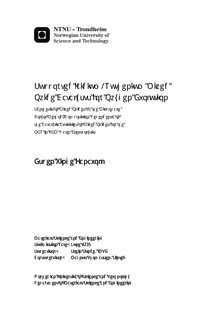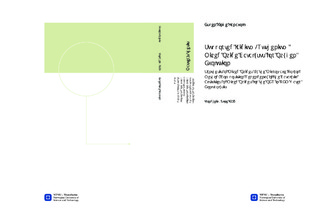| dc.description.abstract | In this work the microwave polyol synthesis method have been shown as an advantageous method for producing ATO supported IrO2, RuO2 and iridium-ruthenium mixed oxides, allowing for faster synthesis than the normal polyol method. Another advantage is high flexibility, allowing for synthesis of several batches of different compositions in parallel, while giving great control over each batch. For this work alone, several days of experimental work was saved, as the microwave synthesis method is several times faster than the normal polyol method.Catalysts of iridium oxide, ruthenium oxide and three compositions of mixed oxides were synthesized by the microwave polyol method in this work. The composition and catalyst loading were found by EDS analysis. Catalyst loading was found to be at target values for all synthesis experiments in this study. The ruthenium contents of the mixed oxides were not up to target values. This may be due to experimental error; the synthesis observations indicate the method should yield full or near full reduction and deposition of the catalyst. The synthesized mixed oxides are dubbed atomically mixed oxides, as iridium and ruthenium atoms should be mixed at an atomic level. In addition to these, physically mixed oxides were produced by mixing pure iridium and ruthenium oxides to imitate the concentrations of the atomically mixed catalysts.The catalysts were analyzed by voltammetry to examine the catalytic properties. The addition of even small amounts of ruthenium to mixed oxides was found to give a significant increase in catalytic activity. Catalysts containing particles of pure ruthenium oxide were found to have a loss of catalytic activity at electrode potentials above 1.45 V, due to further oxidation and dissolution of ruthenium. With regards to mixed oxide composition, the results follow closely to the relationship expected by assuming that the total current is a linear superposition of the partial currents of the components, supporting the hypothesis that interaction effects between ruthenium and iridium atoms are weak. Iridium oxide was found to have a stabilizing effect on ruthenium oxide when the two are atomically mixed. | nb_NO |

